On Nairobi Namanga Road, about 2 kilometers from Maili Tisa town, the trek to Enkamuka summit begins at Baboon Camp. As you climb from 1300 meters to around 1900 meters, the vegetation changes to dryland shrubs.
It eventually evolves into a calm tropical jungle with Spanish moss hanging from tree branches. The route meanders for a while along the right side of a steep escarpment, with a spectacular view of a high naked rock face across a deep valley.
The route emerges from the forest cover at one point, leading to a marshy glade where a Buffalo herd spends the night. On the glade, a little trickle of water from mountain springs flows through granite slabs protruding from the ground. Your guides will be looking over every shrub and track going out of the glade, just in case there are buffaloes nearby.
The forest cover thickens beyond this point, increasing the chances of seeing buffalo. Because these herds don’t seem to have any natural enemies, they’ve gotten rather huge and ferocious. If you don’t know how to climb trees quickly, you’ll have to brush up on your abilities if you don’t want to meet your maker.
The routes in this region become overgrown as a result of occasional use, forcing the guides to chop their way through the foliage. They made markings on trees along the route to make it easier to find the track on the way back. They also make regular stops to listen for massive animal movements.
(On a number of times, the guides and author had to scramble up trees after getting too near to an enraged buffalo that turned around and began charging.) While the event was thrilling, it had the potential to go horribly wrong).
Above the tree line, an enormous rocky stretch comes into view. One of the rocky outcrops to the side is Enkamuka summit. From the peak, there are magnificent views of the other high peaks on Ol Donyo Orok, the plains below, and the top of the forest canopy.
Enkamuka cave, one of numerous caverns in the area, is a quick 10 minute descent from the mountain.
It is the biggest of the three, and there is a tiny seasonal stream nearby. As a result, it’s used by Maasai Morans for woodland rites of passage and trekkers for overnight camping.
The hike from Baboon Camp to Enkamuka Peak is approximately 9 kilometers long, with an elevation gain of 1,050 meters, and takes around 4 hours to ascend and 3 hours to descend.
Related

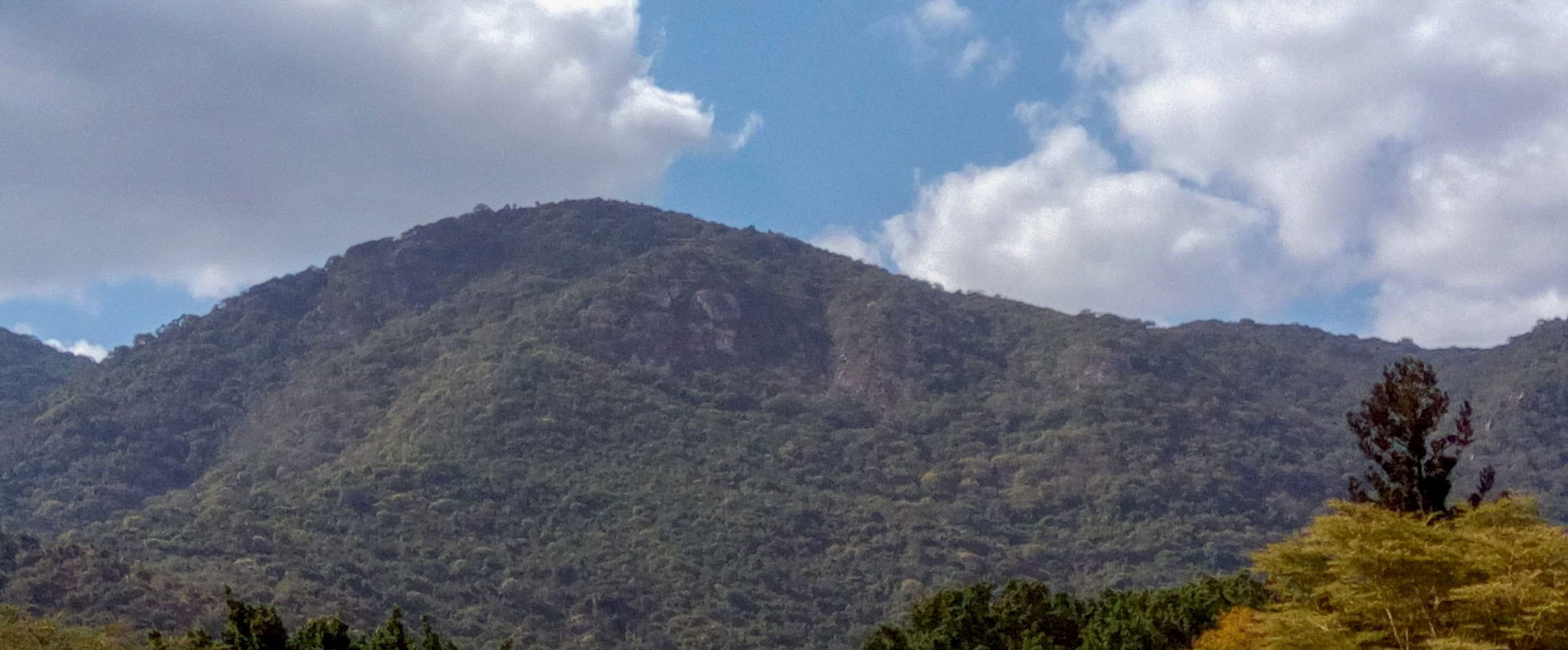
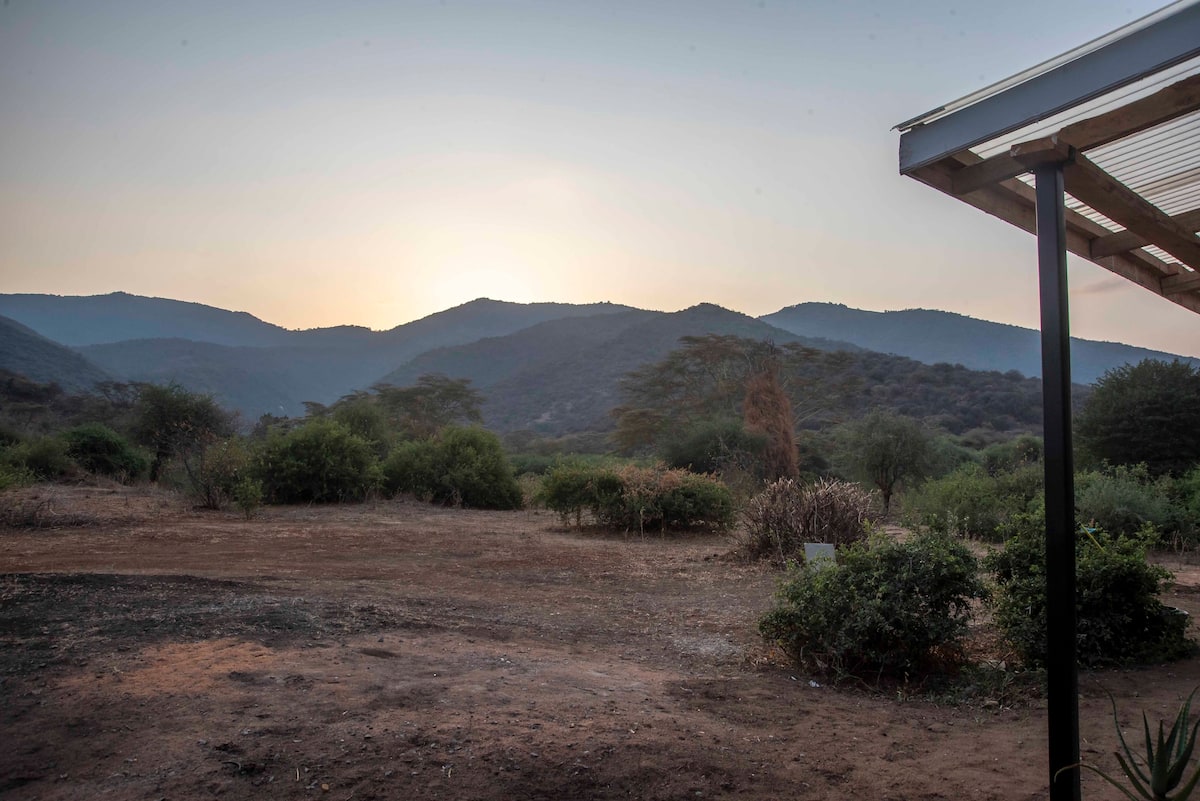
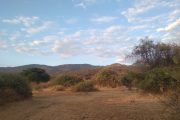
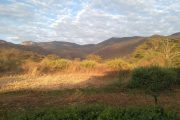
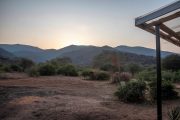
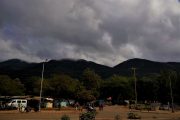
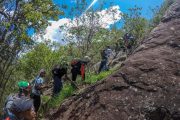
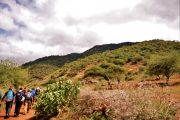
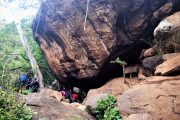
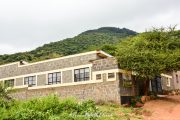
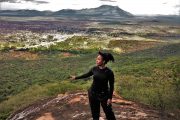
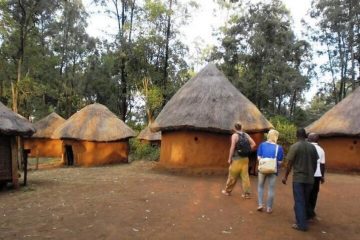
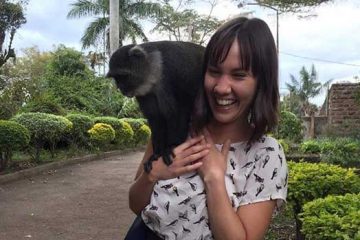
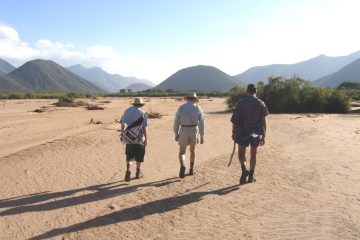
Tour Reviews
There are no reviews yet.
Leave a Review